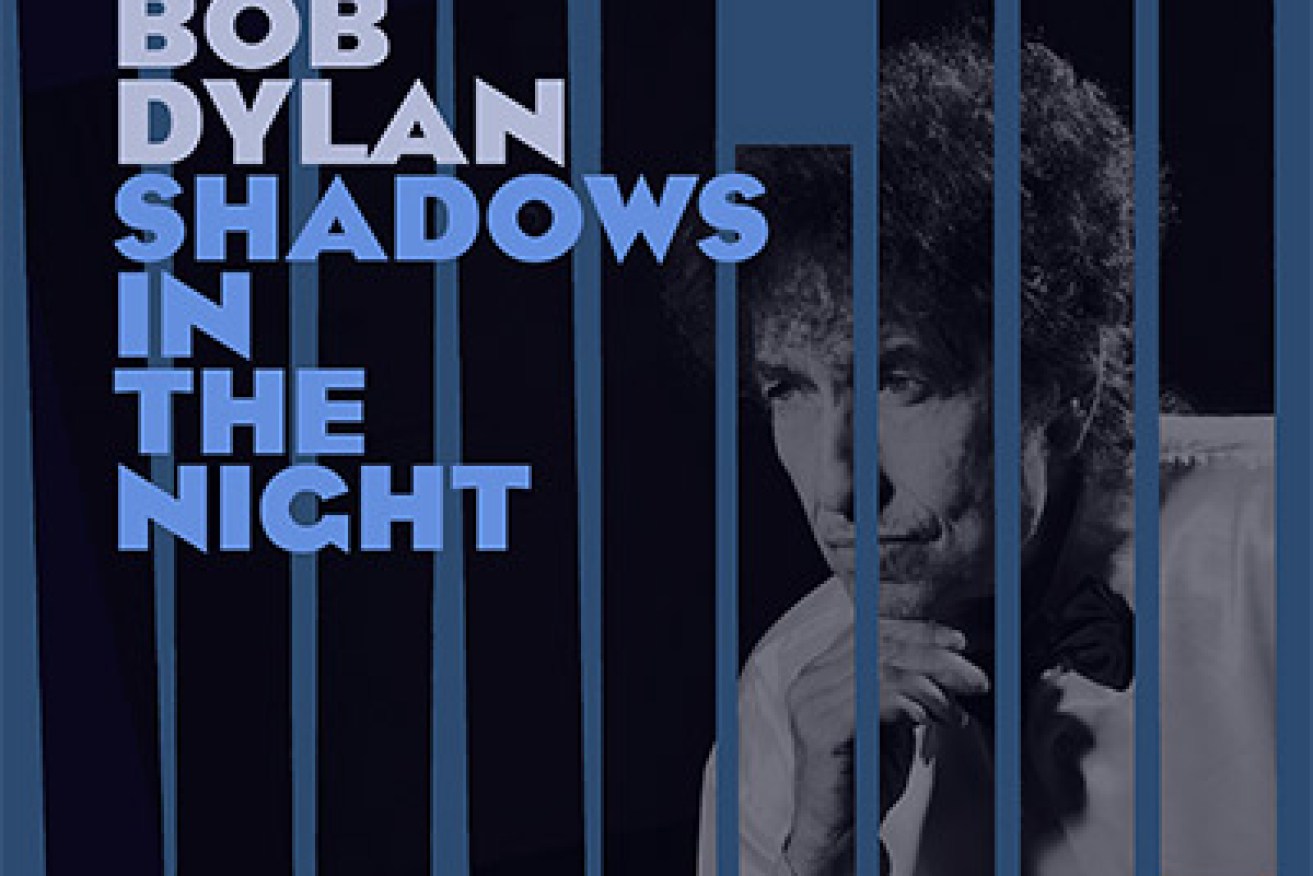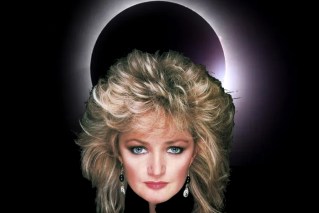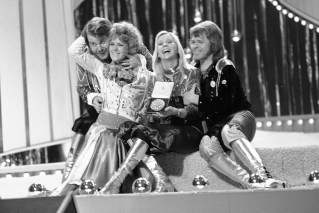Dylan delivers incredible Sinatra tribute album

BOB DYLAN – SHADOWS IN THE NIGHT (COLUMBIA)
Shadows In The Night might immediately invite you to ask why Bob Dylan has bothered to record an album of songs recorded by Frank Sinatra but we would be better served to ask why not?
Dylan’s first two albums, now more than 50 years old, were replete with covers and over the past two decades he has been moving further away from the mainstream of American music onto the back roads and dusty tracks of its past.
· Twenty years on … the class of 1994 still rocks
· What are the best opening lines in music history?
· Top 10 reasons to remember Joe Cocker
In 1992 and 1993, in the midst of a writer’s block, he released Good As I Been To You and World Gone Wrong, two highly under-rated albums of mainly obscure folk songs.
The former album, Dylan’s first solely acoustic album in nearly three decades, resulted in a magnificent version of Australian folk song ‘Jim Jones’, one of the best things he has ever done.
The recently released Basement Tapes Complete shows Dylan’s fascination with old songs and just a few years after those recording sessions he released Self Portrait, packed with covers.
If you needed any more evidence of Dylan’s immersion in the past then you only need to listen to episodes of his Theme Time Hour radio show.
 Shadows In The Night does not signify something entirely new for Dylan – weird maybe, but not new. It might seem a strange move after there has been such a flood of similar albums in the past decade, especially Rod Stewart’s series of Great American Songbook albums, all of which went gold or platinum. Even Paul McCartney had his turn with the appallingly titled Kisses On The Bottom.
Shadows In The Night does not signify something entirely new for Dylan – weird maybe, but not new. It might seem a strange move after there has been such a flood of similar albums in the past decade, especially Rod Stewart’s series of Great American Songbook albums, all of which went gold or platinum. Even Paul McCartney had his turn with the appallingly titled Kisses On The Bottom.
It seems that when any singer is in doubt about what to do, or the well has dried up, they turn to the so-called ‘standards’ to pay the rent. These albums sell in the millions but mostly do little to enhance the songs or introduce audiences to overlooked material. Mostly they are boring.
Shadows In The Night, on the other hand, is anything but a safe bet for Dylan with its collection of mainly obscure songs – apart perhaps from Rodgers & Hammerstein’s ‘Some Enchanted Evening’ and Irving Berlin’s ‘What’ll I Do’ – ensuring that it will receive almost no commercial radio airplay at all (which is possibly why Columbia has sent out 50,000 free copies to members of the American Association of Retired Persons!).
Of course, Dylan’s voice has been pilloried by critics for the past few years – apart from his 2014 concerts that received rave reviews for what appeared to be rejuvenated vocals. Yet in 2011, Dylan appeared at The White House and sang with clarity and feeling – it seems he can turn it on and off.
Believe it or not, Dylan is singing better on Shadows In The Night than he has for many years, perhaps decades. As Leonard Cohen and his band have superbly proved to us in concert recently, you do not have to be loud to be heard.
The songs on this album were designed for the singer to be close to the microphone, to caress the lyrics rather than belt them out and Dylan does this to wonderful effect. It is as if he invests his 73 years into each song and he is now the perfect age to capture their ambience. It is an astonishing performance. The sound is fantastic!
Unlike similar albums by many other performers, Dylan inhabits the songs until you think they could indeed be his own. This is homage in its purest form. Michael Bublé has made a fortune imitating Frank Sinatra but he will never sound this convincing!
Shadows In The Night is all about mood – and here it is predominantly melancholy, echoing the feeling evoked on one of Dylan’s greatest modern songs, ‘Not Dark Yet’ (from 1997’s Time Out Of Mind). In many ways this is one of Dylan’s most focused album in decades – which doesn’t mean it is one of his best.
Here almost all of the songs tell stories of romance: love (‘Some Enchanted Evening’), unrequited love (‘I’m A Fool To Want To Want You’, ‘Full Moon and Empty Arms’) and faded love (‘The Night We Called It A Day,’ Irving Berlin’s ‘What’ll I Do’, ’Autumn Leaves’); regret (‘Why Try To Change Me Now’); and, finally, mortality (‘That Lucky old Sun’).
Obviously, an album of Sinatra-style ballads is hardly a commercial move but you suspect that Dylan neither intended it to be so nor cared much anyway. At this stage of his life he proves once again that he can do whatever he wants to do.
The thing to keep in mind is that every time Dylan has retreated to the past or gone off on a tangent he has then afterwards produced something of greatness. Let’s hope that is the case now.
Brian Wise is the Editor of Addicted To Noise (www.addictedtonoise.com.au)








